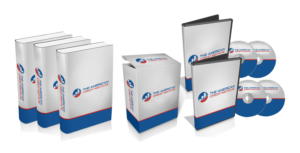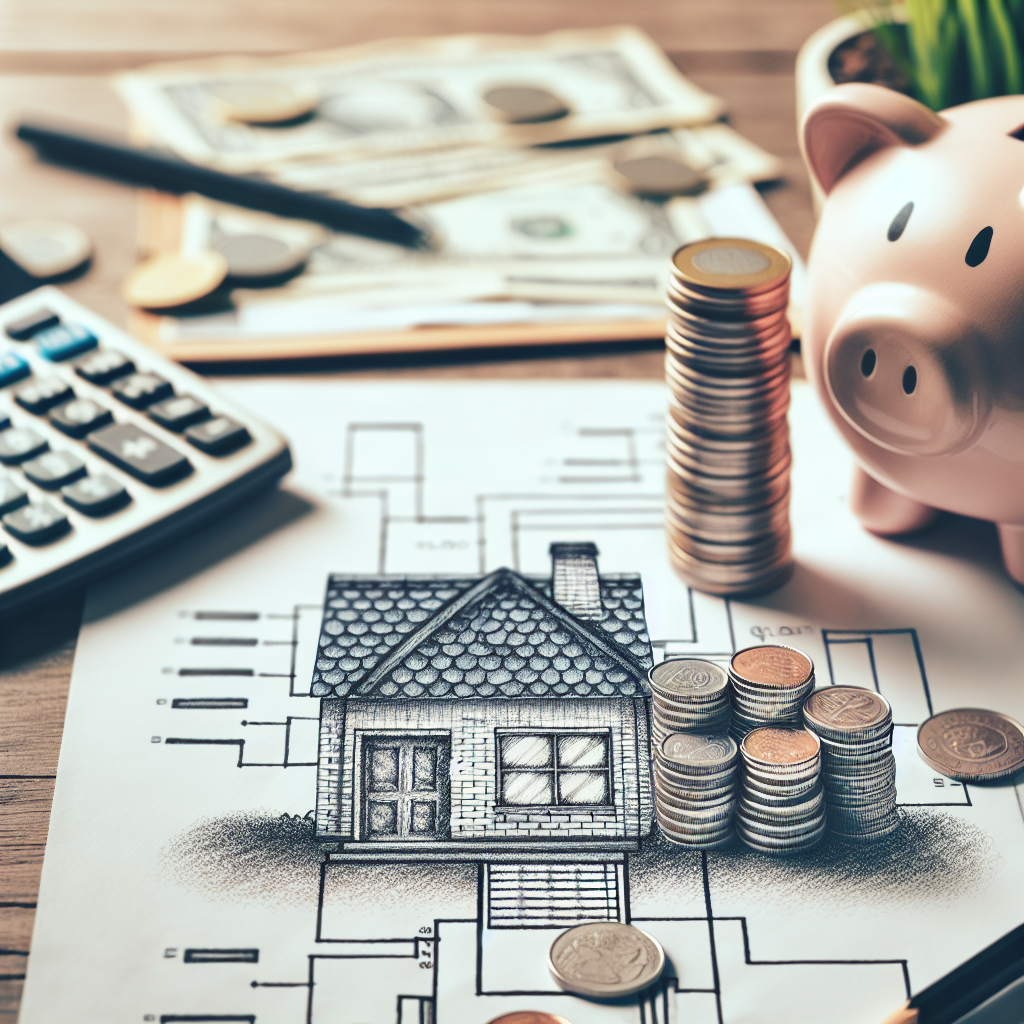Set a Realistic Savings Goal
Understanding Your Budget
One of the first things I had to do when I decided to save for my down payment was to get a grip on my finances. I sat down with a pen and paper (or you know, a spreadsheet) and started mapping out all my income and expenses. This little exercise was eye-opening—it showed me where I could cut back and how much I could realistically set aside each month for my home fund.
Setting a realistic savings goal starts by knowing your target down payment amount. Many folks aim for 20%, but this really varies depending on where you live. So, check out local prices and determine what you need. Once you know your number, break that down into monthly savings. If you’re aiming for a $40,000 down payment over four years, that’s about $833 per month. No sweat, right?
Remember, life happens—unexpected expenses pop up. So, I made sure to have a cushion in my budget to account for these surprises. It’s all about striking a balance between saving and living your life.
Open a Dedicated Savings Account
Choosing the Right Account
Next step? I opened a high-yield savings account just for my home down payment fund. Why? Because it kept my savings separate from my regular checking account, making it way less tempting to dip in for those impulsive “I want it now” purchases. Plus, I found accounts with decent interest rates that helped it grow a bit without me even trying!
While checking out different banks and credit unions, I compared the fees and interest rates. It’s wild how much these can vary! Finally, I settled on an online bank because they usually offer better rates. My buddy was right—it’s all about finding the right savings vehicle for your goals!
I also automated the savings. Seriously, setting up automatic transfers on payday was a genius move. I’d never not realize the money was gone, which made it easier not to spend it. It’s out of sight, out of mind, and I didn’t miss what I didn’t see!
Cut Unnecessary Expenses
Finding Your Spending Triggers
Here’s where it gets a bit tricky—I had to take a close look at my spending habits. I mean, who doesn’t love a night out or that morning latte? But I realized I was spending way more than I thought. By tracking my expenses for about a month, I pinpointed exactly where my money was slipping away.
As painful as it was, I had to cut some of those “nice to haves.” Maybe it meant fewer dinners out or skipping the latest gadget. It sucked at first, but I got creative with home-cooked meals and movie nights in. Trust me, there are plenty of fun, budget-friendly ways to enjoy life without breaking the bank!
Plus, I started reevaluating my subscriptions. How many streaming services do I really need? Spoiler: it’s usually less than you think! I trimmed down my expenses to what added real value to my life. It’s a freeing feeling to take back control over your finances, and it helped me watch my savings grow!
Consider Additional Income Sources
Finding Side Hustles
If you really want to kick your savings into high gear, bolster your income! I mean, who doesn’t appreciate a little extra cash? I dove into the world of side hustles. Luckily, many options are out there if you’re willing to put in the time and effort. Everything from freelance gigs to driving for rideshare apps can turn your free time into extra dough.

https://Credit411USA.com
It did take some planning to fit those side jobs around my main gig, but honestly, it was fun! I got to flex my creative muscles and learn new skills while padding my home savings. Plus, it was a great way to network and meet new people. Sometimes, a little hustle goes a long way!
Moreover, I didn’t limit myself to traditional side gigs. I also flipped items I found at garage sales and thrift stores. Learning to spot a good deal for resale was a game changer. It’s like treasure hunting; you never know what you’ll find—and the profits can be sweet!
Stay Motivated and Focused
Setting Mini-Goals
Let’s face it; saving for a down payment is not a sprint; it’s a marathon! I found that keeping my motivation high was crucial. One strategy that worked wonders for me was setting mini-goals. Instead of just fixating on that big, scary down payment number, I focused on smaller milestones—say, saving $5,000 at a time.
Each time I hit a mini-goal, I treated myself (within reason, of course!). It could be as simple as a nice dinner or a small purchase I’d been eyeing. Celebrating those victories kept my spirits up and made the journey feel more enjoyable. It reminded me that I was making progress and that every little bit truly counts!
In addition, I visualized my end goal by creating a vision board. Seriously, these Pinterest-worthy visuals helped a ton. I found images of the type of home I wanted and the lifestyle I envisioned, and every time I saw it, I was reminded of why I was saving in the first place. Staying focused on my dreams made all the sacrifices feel worthwhile!
FAQs
1. How much should I save for a down payment?
The ideal amount can vary, but generally, aiming for 20% of the home’s purchase price is common. However, many options allow for lower down payments, so assess what works for your financial situation!
2. What type of savings account is best for this goal?
A high-yield savings account is a great option, as it earns you interest while keeping your money accessible. Just make sure the account has no or low fees!
3. Can I use my retirement funds for a down payment?
Yes, in some cases, you can withdraw from your retirement account, like a 401(k) or IRA, but be mindful of potential penalties and tax implications. It’s wise to consult a financial advisor for guidance.
4. How long does it typically take to save for a down payment?
This depends on your savings rate and your down payment goal. People often take anywhere from a couple of years to several years to reach their target amount. Creating a detailed plan can help speed up the process.
5. What should I do if I can’t save 20%?
Don’t panic! Many lenders offer programs with lower down payments, sometimes as low as 3-5%. Just be aware of the trade-offs, like possibly needing to pay PMI (private mortgage insurance).

https://Credit411USA.com

